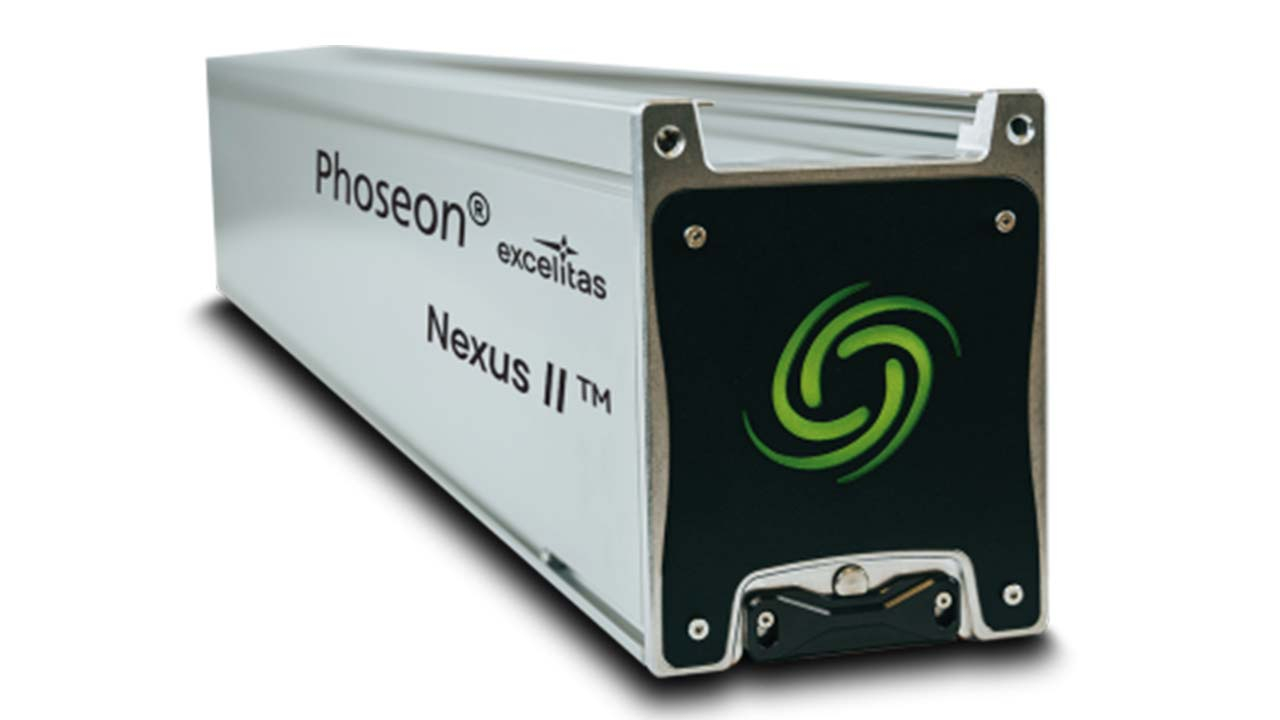Mach III Clutch adds to SensiFlex tension control range

Mach III Clutch has added nineteen new models to its SensiFlex line of tension control clutches and brakes.
These models include the new Mach III ULOW (ultra-low coefficient) friction facings and have 45 percent lower maximum torque capacities than their identically sized SensiFlex® counterparts with LOCO friction facings. Lower torque capacity means that the span of air pressure traversed to deliver the torque required at core up to the torque required at full roll (and vice versa) is expanded, allowing more precise web tension control. This is an advantage for label printing and other narrow web converting applications where web tensions are low and the range of torque required to complete the process is narrow.
SensiFlex clutches and brakes are single surface, air actuated friction devices which maintain tension on a roll of material such as paper, film, foil or wire as it is being unwound or rewound. Both are driven at a constant speed by the primary drive of the machine. When engaged, the brake holds back the unwind shaft, the clutch drives the rewind shaft. Torque output, measured in pound inches, is linear to air pressure (PSI) applied. As the material being processed depletes (unwind) or builds (rewind) the rotations per minute of the roll increase or decrease in proportion to roll diameter. At the same time, the torque required to maintain constant tension decreases (unwind) or increases (rewind) with roll diameter. The clutch or brake must slip constantly to compensate for the continually changing difference in input and output RPM while at the same time increasing or decreasing torque output as required.
The patented SensiFlex clutches and brakes were created specifically for tension control. They incorporate design features which make them particularly suited to slip application conditions:
- Exclusive, patented actuator engages smoothly at low pressures and provides maximum sensitivity to slight changes in air pressure for infinite control of torque output.
- Radial cooling holes pull cooler, ambient air through the clutch or brake to dissipate the heat generated by constant slip, preventing friction lining fade and premature wear.
- Separate models maximize heat dissipation in pilot input, shaft input, foot mount and braking applications.
- Smoothness is assured through precision machined components, a single friction surface and a dual bearing pilot (clutch only) that minimizes deflection.
Stay up to date
Subscribe to the free Label News newsletter and receive the latest content every week. We'll never share your email address.

